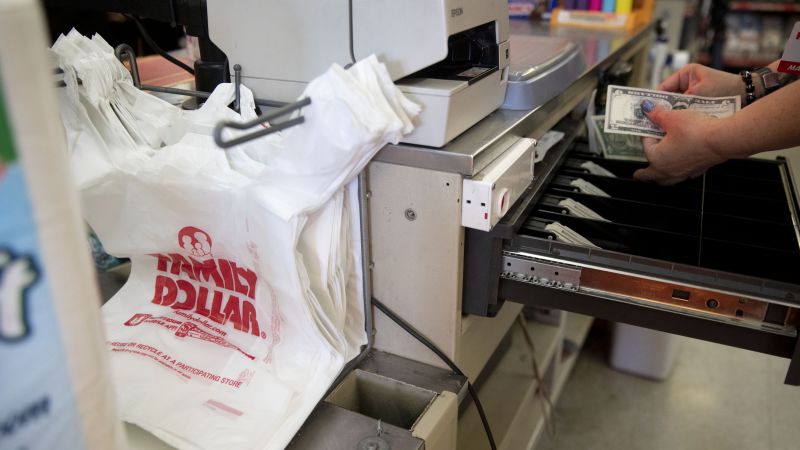
Consumers reach their breaking point, forcing retailers to shutter stores at a worrying pace
CNN
Family Dollar has announced 677 store closings this year. Walgreens is closing 259. Big Lots is closing 360. LL Flooring is shutting down entirely.
Family Dollar has announced 677 store closings this year. Walgreens is closing 259. Big Lots is closing 360. LL Flooring is shutting down entirely. Major retailers have announced 6,189 store closures so far this year, already outpacing last year’s total of 5,553, according to Coresight Research. Chains are on track to close the highest number of stores in 2024 than any year since 2020, when the Covid-19 pandemic decimated the industry. Closures have picked up this year because the retail sector’s sugar high of 2021 and 2022 — when consumers were snapping up new couches, televisions and clothing — has ended. Companies have raised prices higher than many consumers can afford and interest rates have soared, making it more expensive to borrow money for big-ticket items or to get a mortgage or a car loan. Consumers have reached their breaking point and are pulling back on items they don’t absolutely need. “Companies were buoyed by Covid-related shopping patterns,” said Michael Brown, partner at global strategy and management consulting firm Kearney. “It kept these players alive that couldn’t survive in normal situations.” Competition from juggernauts like Amazon, Walmart, Costco, Home Depot and other big-box retailers has also squeezed smaller chains. And years of over-expanding and failed strategies, like Dollar Tree’s $8.5 billion acquisition of Family Dollar, are coming back to bite some chains. The scale of Amazon, Walmart and others can crush smaller companies. Bigger chains can buy larger quantities of goods at a steeper discount than smaller players, and they can put vast sums of money into technology improvements that even medium-sized retailers can’t afford, widening the gaps even further.





















 Run 3 Space | Play Space Running Game
Run 3 Space | Play Space Running Game Traffic Jam 3D | Online Racing Game
Traffic Jam 3D | Online Racing Game Duck Hunt | Play Old Classic Game
Duck Hunt | Play Old Classic Game











